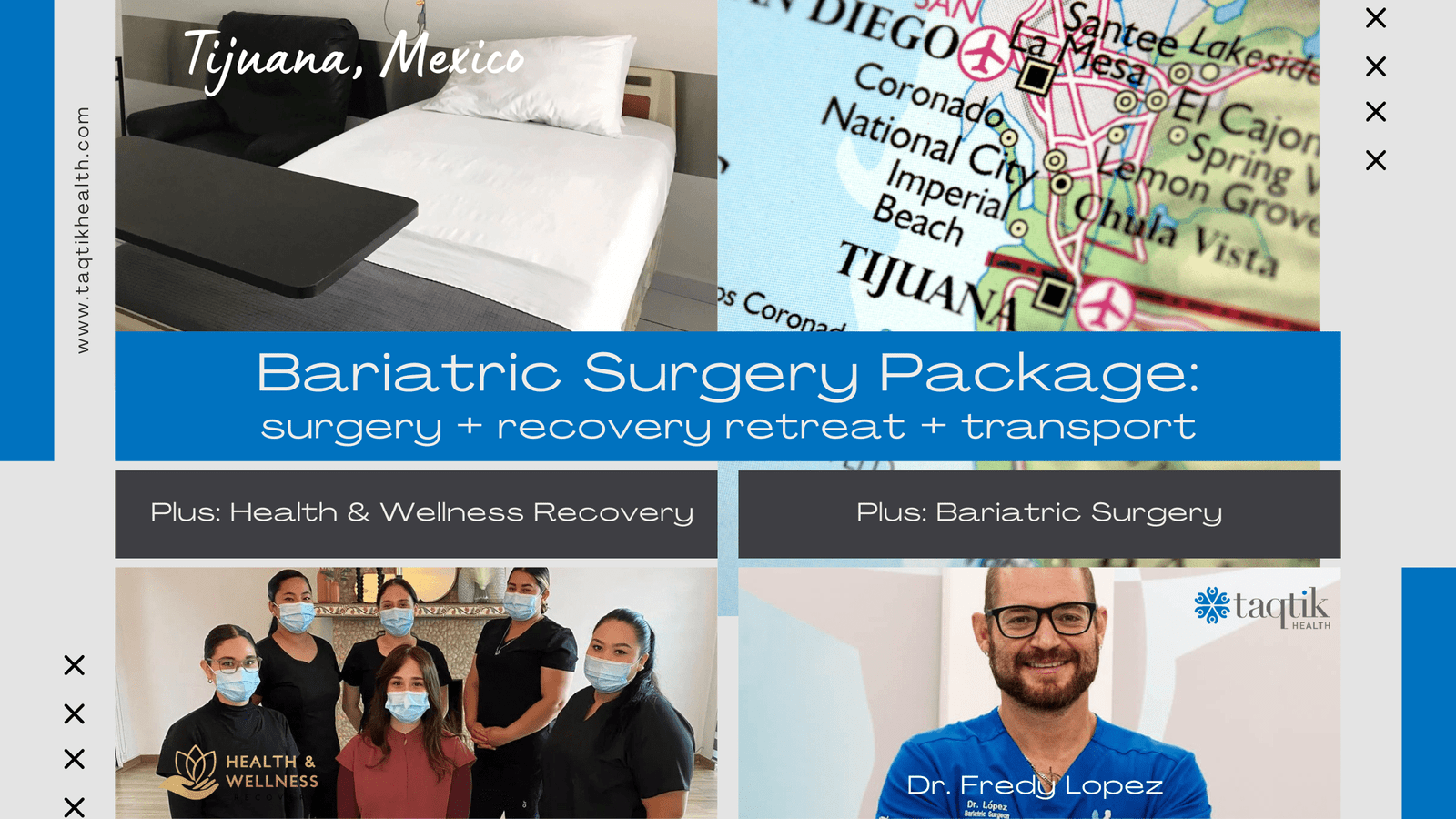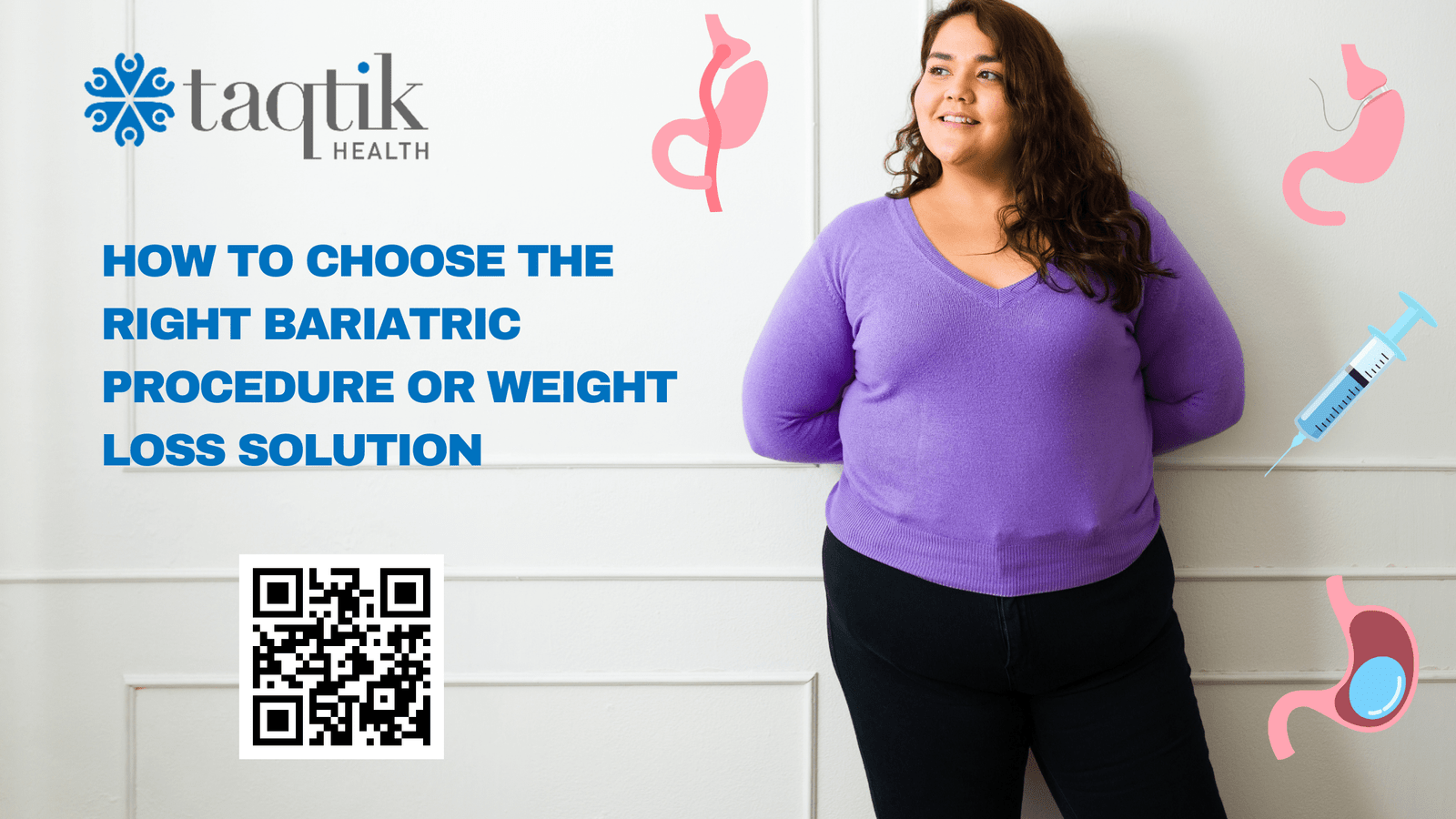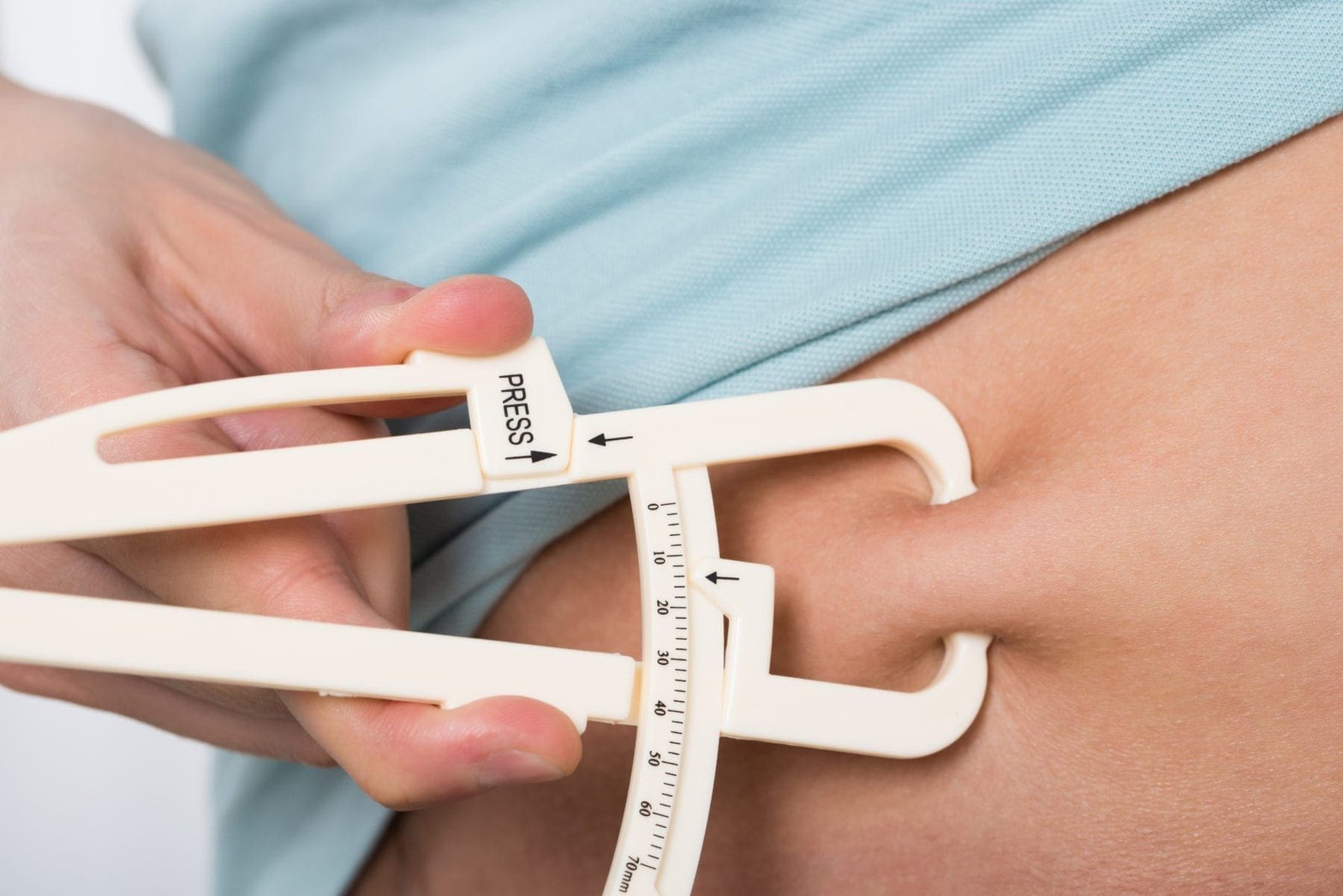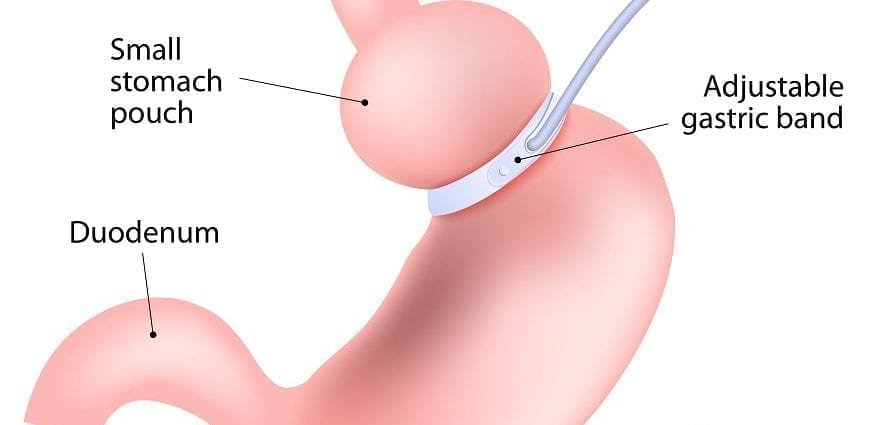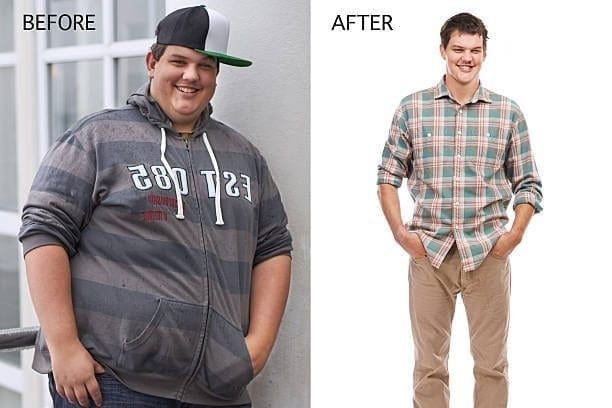Bariatric Surgery & Remote Monitoring: The Paradigm Shift
Bariatric Surgery & Remote Monitoring: The Paradigm Shift. It is a reality that plenty of people in the world suffer from obesity despite their efforts of losing weight. There are many options promoting immediate weight loss, from keto diets to yoga exercises, and extreme exercise routines. However, sometimes they do not work at all. This is the reason why nowadays, bariatric surgeons are on the rise offering minimally invasive surgeries which produce dramatic weight loss in a couple of months. Let's find out if these types of surgeries are the right fit for you.
What is Obesity?
According to Mayo Clinic, obesity is a "disease" due to excessive body fat. It is a medical condition that increases many health risks. As per the reasons behind obesity, they may be related to a variety of factors, whether inherited, psychological, or environmental factors. Obesity is determined according to the BMI (Body Mass Index):
- Obesity Class I: With a BMI of 31 to 34.9
- Obesity Class II: With a BMI from 35 to 39.9
- Obesity Class III: With a BMI above 40
When you suffer from obesity and your efforts of losing weight seem not to produce satisfactory results, you are a good candidate for bariatric surgery.
Types of Weight Loss Surgery
- Restrictive Surgery - The goal of this bariatric and metabolic surgery is to shrink the stomach. It will immediately slow your digestion process. No more cravings. You will feel full after one ounce of food. Procedures: Sleeve Gastrectomy, Lap Band
- Restrictive/Malabsorptive Surgery - The goal of this type of surgery is to reduce the size of the stomach and reroute the intestine. The body will have less nutrient absorption which means more weight loss. In order to compensate, you will need to take vitamin/mineral supplements to stay healthy. Procedures: Gastric Bypass, Biliopancreatic Diversion with Duodenal Switch
Gastric Bypass & Sleeve Gastrectomy: A cure for Type 2 Diabetes
- Gastric Bypass - Also known as Roux-en-Y and is considered the Gold Standard in Bariatric & Metabolic surgery. It helps the intestines of diabetes patients get rid of excess glucose. After a gastric bypass, the intestine becomes the most important tissue for glucose use and this decreases blood sugar levels.”
- Sleeve Gastrectomy - It is very popular because it also improves type 2 diabetes, independent of weight loss. This procedure is performed by removing approximately 80% of the stomach. Significant weight loss is quick and produces favorable changes in gut hormones that suppress hunger.
Virtual Health Coach - Remote Monitoring
After surgery, most likely you will have a 6-month support program with your bariatric surgeon. It may include nutrition and exercise tips, as well as psychological guidance if needed. Your body will go through significant changes when you start losing weight very quickly, and you will be supported every step of the way. On the other hand, an innovative and integral part of your post-care support is our Wearable Monitoring Device, with next-gen technology specially designed for remote patients.
The Monitoring Device resembles a comfortable watch and monitors all your biometrics, as well as sleep patterns. Your health information is protected by HIPAA rules, meaning that it is strictly confidential. When you regularly measure your biometrics, you can learn all about your body and improve your health. And the best part is that the device can be connected to other fitness and health devices. For example, the monitoring device tracks and analyses the following:
- Blood Pressure (without an inflatable cuff)
- ECG & PPG
- Oxygen Saturation
- Pulse Wave Velocity
- Heart Rate
- Heart Rate Variability
- Activity Levels
- Calories Burned
- And more
With this in mind, are you ready for an exciting and memorable bariatric journey?
Next Steps
Your next step is to book a free virtual consultation with a Taqtik Team Member or request a personalized quote.
Taqtik Health RPM: Your Partner in Post-Bariatric Surgery Success
At Taqtik Health, we understand that bariatric surgery is a powerful step toward a healthier, more fulfilling life. But we also know that the journey doesn’t end in the operating room. The real challenge and the real transformation happens in the months and years after your procedure. That’s why we created Taqtik Health Remote Patient...Continue reading→
Post-Bariatric and GLP-1 Post-Care to Maximize Results
Post-Bariatric and GLP-1 Post-Care to Maximize Results | Taqtik Health Introduction Undergoing bariatric surgery or starting GLP-1 (glucagon-like peptide-1) agonist treatments like semaglutide (Ozempic, Wegovy) or tirzepatide (Mounjaro, Zepbound) is a major step toward long-term weight loss and improved metabolic health. But these treatments are only part of the journey. What you do after surgery...Continue reading→
Remote Patient Monitoring for Obesity: A Smarter Way to Support Surgical and Non-Surgical Patients
Losing weight and improving your health is a personal journey—and it doesn’t always require surgery. Whether you're preparing for bariatric surgery, recovering from it, or trying to manage your weight and health without surgery, one thing remains constant: support matters. At Taqtik Health, we believe long-term success comes from daily progress, consistent accountability, and expert...Continue reading→
Bariatric Center J.L. Prado in Tijuana, Mexico: Your Destination for Advanced Weight Loss Surgery
Bariatric surgery has become a life-changing solution for individuals struggling with obesity and its related health complications. In recent years, Tijuana, Mexico, has emerged as a leading destination for affordable and high-quality bariatric procedures. One of the most trusted names in this field is Bariatric Center J.L. Prado, where a team of skilled surgeons, cutting-edge...Continue reading→
Transform Your Life with Our Bariatric Surgery Promotion in Tijuana Mexico
Transform Your Life with Bariatric Surgery at J.L. Prado Surgical Center in Tijuana, Mexico, with Dr. Fredy Lopez Are you ready to take control of your health and achieve long-term weight loss? Taqtik Health is excited to offer a special promotion for bariatric surgery at J.L. Prado Surgical Center with the renowned Dr. Fredy Lopez,...Continue reading→
Bariatric Surgery Case Study: Kael Sangnam
Background: Kael Sangnam, a 37-year-old with a BMI of 34.7, had been struggling with several health issues, including sleep apnea, shortness of breath, and persistent back pain. Despite various attempts to manage her weight, these health conditions continued to affect her quality of life. Realizing that these conditions were closely linked to her weight, Kael...Continue reading→
How to Choose the Right Bariatric Procedure or Weight Loss Solution
Choosing the right weight loss solution is a deeply personal decision that depends on various factors, including your health, lifestyle, and goals. At Taqtik Health, we understand the complexities involved in making this choice and aim to provide you with comprehensive information to help you make an informed decision. This guide will explore the different...Continue reading→
Transformative Journeys with Taqtik Health: Sarah and Miguel’s Stories of Bariatric Surgery and Total Body Makeover
Introduction The decision to transform one's body and regain health is a profound and personal journey. For many individuals, bariatric surgery is a crucial first step towards achieving a healthier lifestyle. However, the journey doesn't end there. In this blog, we share the inspiring stories of Sarah and Miguel, who chose Taqtik Health to assist...Continue reading→
How to Choose Your Ideal Destination for Bariatric Surgery: Cost Considerations and Factors
Welcome to Taqtik Health, where we pride ourselves on helping you make well-informed healthcare decisions. Bariatric surgery is a life-changing procedure, and choosing the right destination for your surgery is crucial for a multitude of reasons. To make your decision easier, we've put together this comprehensive guide featuring top medical tourism destinations for bariatric surgery:...Continue reading→
Remote Patient Monitoring (RPM): Revolutionizing Postoperative Care for Bariatric Surgery
The landscape of bariatric surgery is evolving, with technological advancements like Remote Patient Monitoring (RPM) leading the charge in enhancing patient outcomes and operational efficiencies. Taqtik Health delves into the transformative impact of RPM on bariatric surgery, underscoring its potential to redefine patient care and success in the long term. Elevating Patient Safety and Success...Continue reading→






